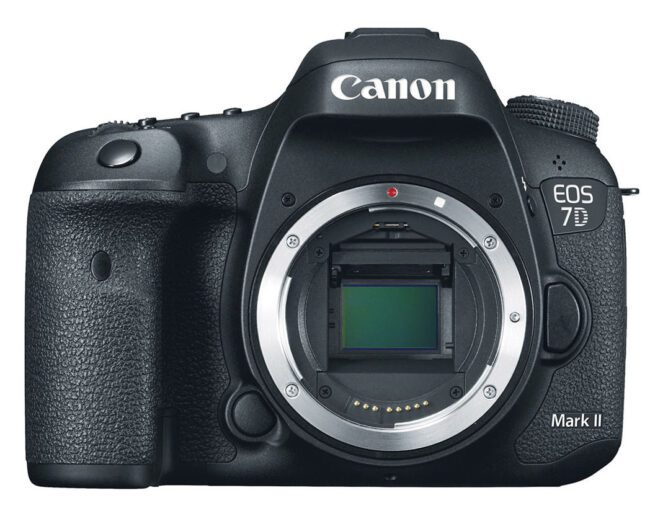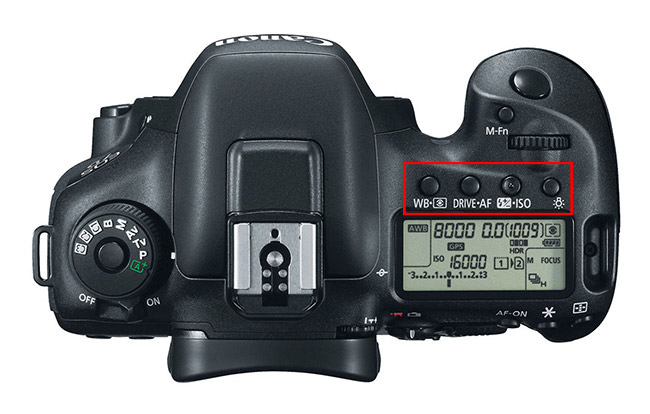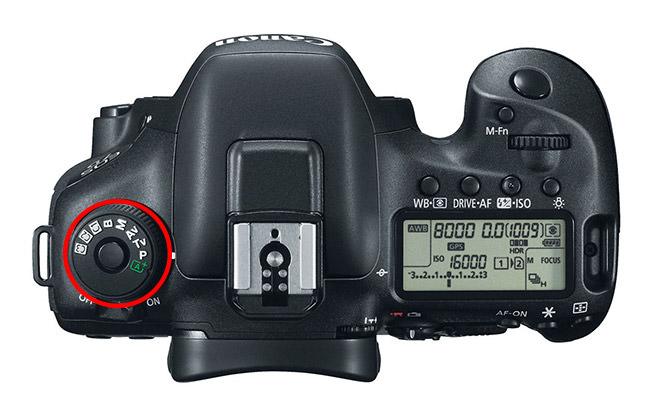Recommended Canon 7D Mark II Settings
The Canon 7D Mark II is a popular camera for sports and wildlife photography, but it also comes with a complex and often confusing menu system for photographers. To help guide our readers through these features and menus, we decided to share the settings our team has been using on the camera during the past 3 months while testing the camera. Please keep in mind that the below information is provided as a guide for those that struggle with the camera. While this particular configuration has been working great for our needs (mostly based on wildlife and landscape photography), it does not mean that it is the only way to properly setup and configure the camera.

إعدادات Canon 7D Mark II الموصى بها
تعد كاميرا Canon 7D Mark II كاميرا شائعة لتصوير الألعاب الرياضية والحياة البرية، ولكنها تأتي أيضًا مزودة بنظام قائمة معقد ومربك في كثير من الأحيان للمصورين. للمساعدة في توجيه قرائنا عبر هذه الميزات والقوائم، قررنا مشاركة الإعدادات التي استخدمها فريقنا على الكاميرا خلال الأشهر الثلاثة الماضية أثناء اختبار الكاميرا. يرجى أن تضع في اعتبارك أن المعلومات الواردة أدناه مقدمة كدليل لأولئك الذين يعانون من الكاميرا. على الرغم من أن هذا التكوين الخاص كان يعمل بشكل رائع لتلبية احتياجاتنا (يعتمد في الغالب على تصوير الحياة البرية والمناظر الطبيعية)، إلا أن هذا لا يعني أنه الطريقة الوحيدة لإعداد الكاميرا وتكوينها بشكل صحيح.
The Canon 7D Mark II is a popular camera for sports and wildlife photography, but it also comes with a complex and often confusing menu system for photographers. To help guide our readers through these features and menus, we decided to share the settings our team has been using on the camera during the past 3 months while testing the camera. Please keep in mind that the below information is provided as a guide for those that struggle with the camera. While this particular configuration has been working great for our needs (mostly based on wildlife and landscape photography), it does not mean that it is the only way to properly setup and configure the camera.

إعدادات Canon 7D Mark II الموصى بها
تعد كاميرا Canon 7D Mark II كاميرا شائعة لتصوير الألعاب الرياضية والحياة البرية، ولكنها تأتي أيضًا مزودة بنظام قائمة معقد ومربك في كثير من الأحيان للمصورين. للمساعدة في توجيه قرائنا عبر هذه الميزات والقوائم، قررنا مشاركة الإعدادات التي استخدمها فريقنا على الكاميرا خلال الأشهر الثلاثة الماضية أثناء اختبار الكاميرا. يرجى أن تضع في اعتبارك أن المعلومات الواردة أدناه مقدمة كدليل لأولئك الذين يعانون من الكاميرا. على الرغم من أن هذا التكوين الخاص كان يعمل بشكل رائع لتلبية احتياجاتنا (يعتمد في الغالب على تصوير الحياة البرية والمناظر الطبيعية)، إلا أن هذا لا يعني أنه الطريقة الوحيدة لإعداد الكاميرا وتكوينها بشكل صحيح.



تعليق